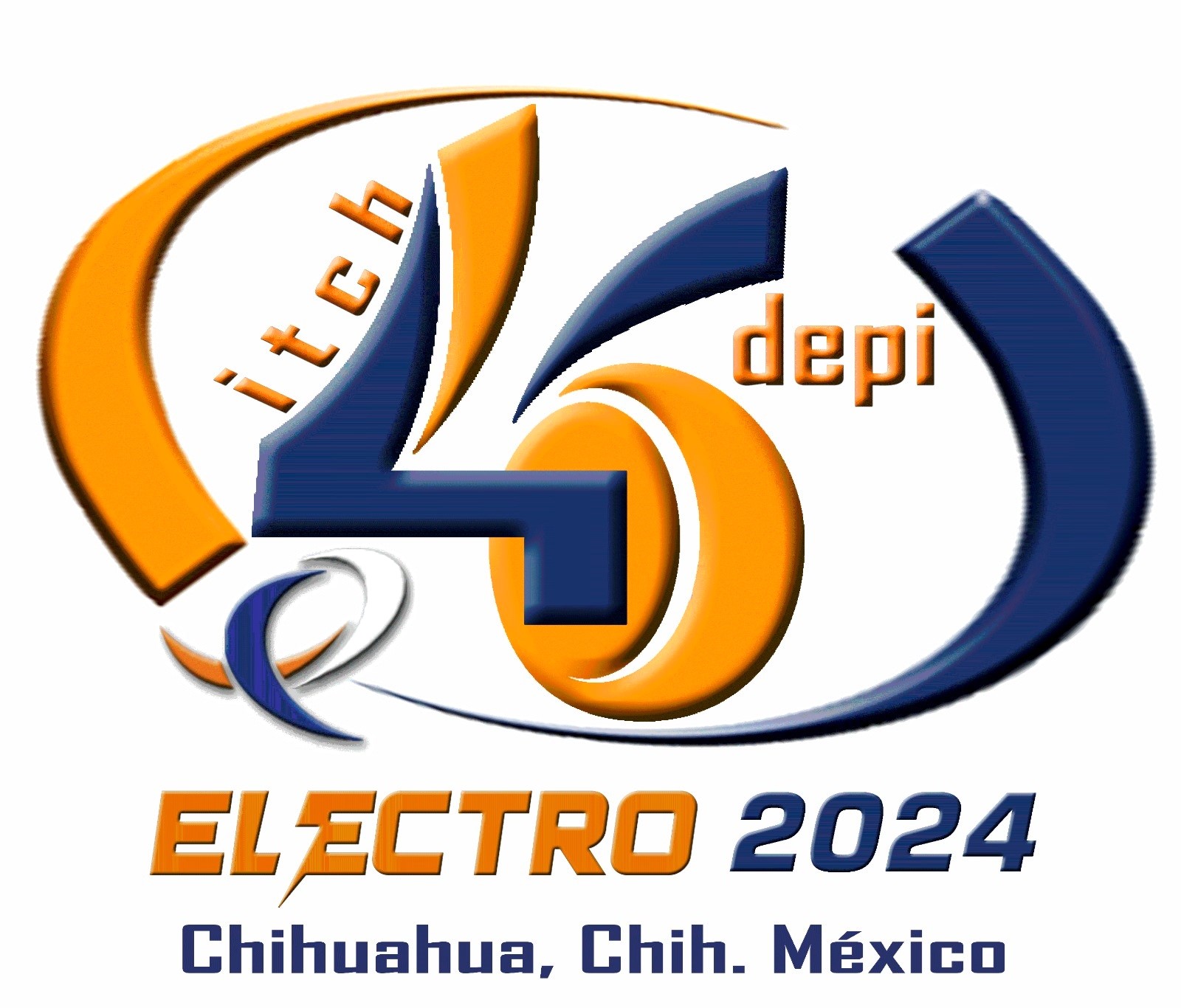
Revista ELECTRO

Vol. 46 – Año 2024
Artículo
TÍTULO
Detector de Somnolencia en Conductores Utilizando Visión Artificial
AUTORES
Rubio-Sicairos, S; Prado-Isiordia, M.A.; Gaxiola-Sánchez, L.N.; Medina-Melendrez, M.
RESUMEN
En el siguiente trabajo se presenta un detector de somnolencia para conductores realizad o con la red neuronal YOLOv5. En este trabajo se mostrará la construcción del dataset seleccionado, al igual que la creación del modelo de la red neuronal con el fin de obtener su entrenamiento. Posteriormente el archivo de entrenamiento es implementado en el código de Python, el cual contiene alarmas que se activaran de acuerdo con el tiempo que el conductor permanezca con los ojos cerrados. Finalmente, s e muestran los resultados obtenidos en una secuencia de video real.
Palabras Clave: Detector de somnolencia, red neuronal, YOLOv5.
ABSTRACT
The following paper presents a drowsiness detector for drivers made with the YOLOv5 neural network. In this paper will be presented the construction of the chosen dataset, as well as th e creation of the neural network model in order to obtain its training. Subsequently, the training file is implemented into the Python code, which contains alarms that will be activated according to the time that the driver remains with his eyes closed. Finally, t he results obtained through a real video sequence are shown.
Keywords: Drowsiness detector, neural network, YOLOv5.
REFERENCIAS
[1] Real Academia Española (RAE). “Somnolencia”, en diccionario de la lengua española. [en línea], disponible: https:// dle.rae.es/somnolencia. (7 de junio 2024).
[2] Cecilia Ana, S.R. Manuel y R.A. Ricardo. “Estadístico de colisiones en carreteras federales, 2022” en Documento Técnico No. 89. [en línea], disponible: https://www.sct.gob.mx/fileadmin/DireccionesGrales/DGAF/ EST_Accidentes_CF/Anuario_Estadistico_de_Accidentes_en_Carreteras_Federales_2022.pdf. (7 de junio 2024).
[3] Chellappa, A., Reddy, M. S., Ezhilarasie, R., Suguna, S. K., & Umamakeswari, A. Fatigue detection using Raspberry Pi 3. International Journal of E ngineering & Technology, 7(2.24). 2018. pp. 29-32.
[4] Peiyuan Jiang, Fangyao Liu, Ying Cai, Bo Ma. “A Review of Yolo Algorithm Developments”, in The 8th International Conference on Information Technology and Quantitative Management. China. 2020 & 2021.
[5] R. Khanam M. Hussain, WHAT IS YOLOV5: A DEEP LOOK INTO THE INTERNAL FEATURES OF THE POPULAR OBJECT DETECTOR, arXiv, Julio 2024, pp. 2-3.
[6] Google colaboratory. “Step 3: Train our custom YOLOv5 model”. Custom training with YOLOv5. [en línea] disponible: https://colab.research.google.com/github/roboflow-Revista ELECTRO, Vol. 46, 2024, pp. 394-399 https://itchihuahua.mx/revista_electro ISSN Electrónico: 3061-774X 399 ai/yolov5-custom-training-tutorial/blob/main/yolov5-custom-training.ipynb. (7 de junio 2024).
[7] Terven, J., Córdova-Esparza, D. M., & Romero-González, J. A. (2023). A co mprehensive review of yolo architectures in computer vision: From yolov1 to yolov8 and yolo-nas. Machine Learning and Knowledge Extraction, 5(4), 1680-1716.
[8] B. Gary, K. Adrian. Learning OpenCV. O’Reilly Media, Inc, Gravenstein Highway North, Sebastopo l, CA 95472. (2008). pg.1.
[9] Weights & Biases (W&B), “Ultralytics”, en Weights & Biases Documentation, [en línea] disponible: https://docs.wandb.ai/guides/integrations/ultralytics
[10] Imambi, S. Prakash, K.B. Kanagachidambaresan G.R. Programming with TensorFlow. EAI/Springer Innovations in Communication and Computing. Springer, Cham. (2021).
[11] Bressert Eli. SciPy and NumPy. Sebastopol, CA. O’Reilly Media, Inc. 2013, pp. 1-2.
[12] Jocher Glenn, “YOLOv5 / train.py”, en GitHub, [en línea] disponibl e: https://github.com/ultralytics/yolov5/blob/master/train.py
CITAR COMO:
Rubio-Sicairos, S; Prado-Isiordia, M.A.; Gaxiola-Sánchez, L.N.; Medina-Melendrez, M., "Detector de Somnolencia en Conductores Utilizando Visión Artificial", Revista ELECTRO, Vol. 46, 2024, pp. 394-399.
VERSIÓN PDF